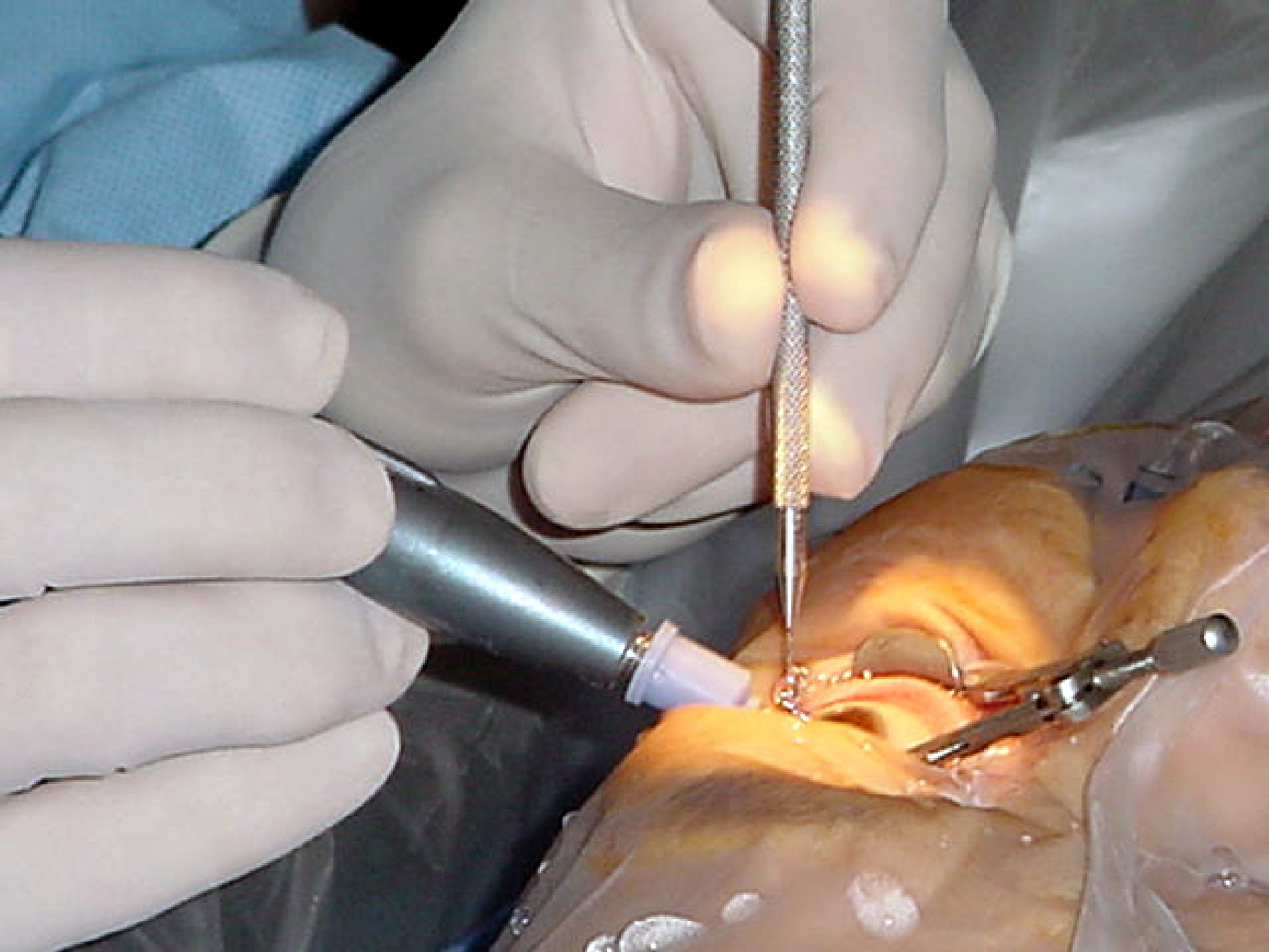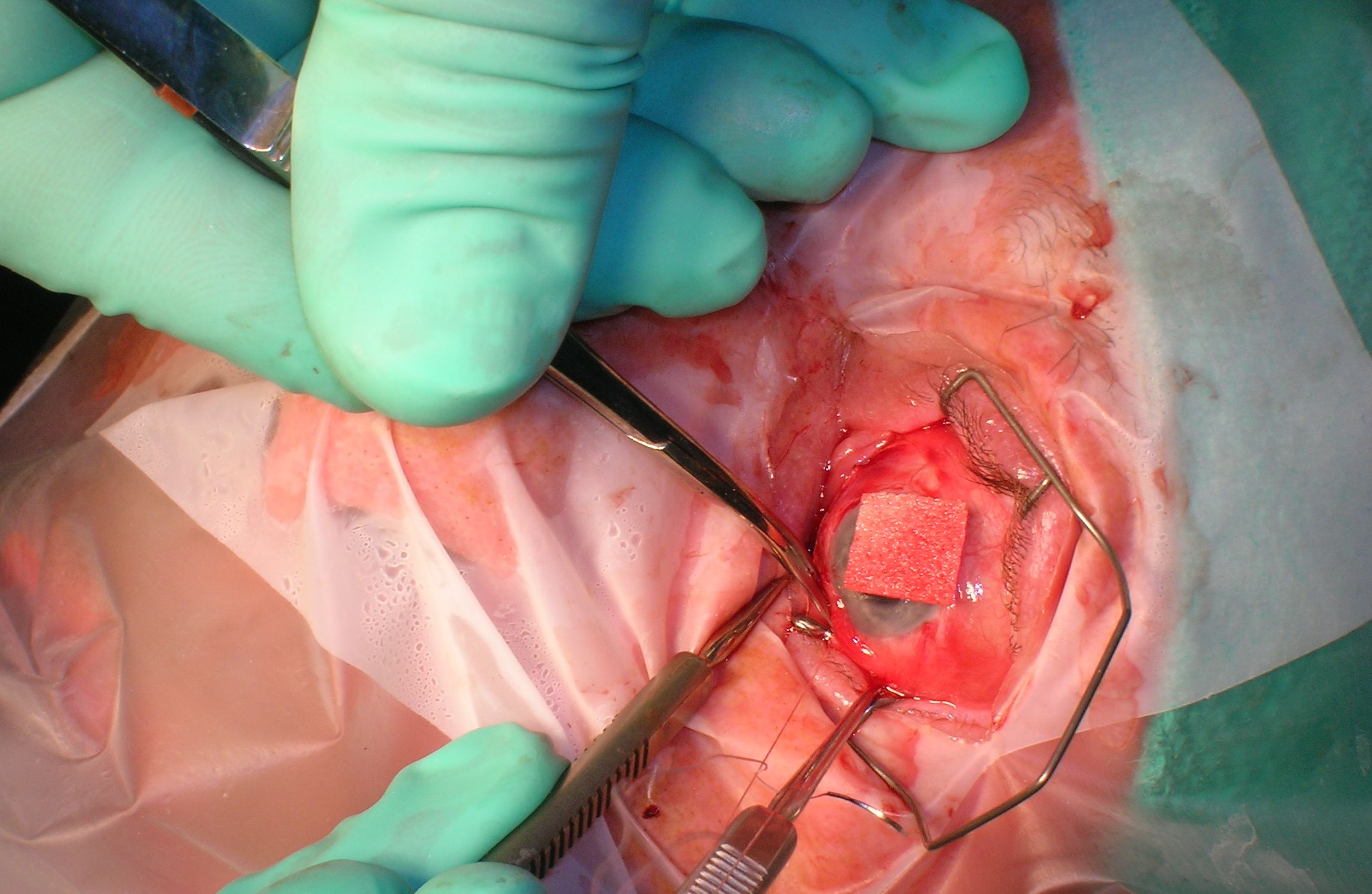|
Muscle Tone
In physiology, medicine, and anatomy, muscle tone (residual muscle tension or tonus) is the continuous and passive partial contraction of the muscles, or the muscle's resistance to passive stretch during resting state.O’Sullivan, S. B. (2007). Examination of motor function: Motor control and motor learning. In S. B. O’Sullivan, & T. J. Schmitz (Eds), Physical rehabilitation (5th ed.) (pp. 233-234). Philadelphia, Pennsylvania: F. A. Davis Company. It helps to maintain posture and declines during REM sleep. Muscle tone is regulated by the activity of the motor neurons and can be affected by various factors, including age, disease, and nerve damage. Purpose If a sudden pull or stretch occurs, the body responds by automatically increasing the muscle's tension, a reflex which helps guard against danger as well as helping maintain balance. Such near-continuous innervation can be thought of as a "default" or "steady state" condition for muscles. Both the extensor and flexo ... [...More Info...] [...Related Items...] OR: [Wikipedia] [Google] [Baidu] |
Physiology
Physiology (; ) is the science, scientific study of function (biology), functions and mechanism (biology), mechanisms in a life, living system. As a branches of science, subdiscipline of biology, physiology focuses on how organisms, organ systems, individual organ (biology), organs, cell (biology), cells, and biomolecules carry out chemistry, chemical and physics, physical functions in a living system. According to the classes of organisms, the field can be divided into clinical physiology, medical physiology, Zoology#Physiology, animal physiology, plant physiology, cell physiology, and comparative physiology. Central to physiological functioning are biophysics, biophysical and biochemical processes, homeostasis, homeostatic control mechanisms, and cell signaling, communication between cells. ''Physiological state'' is the condition of normal function. In contrast, ''pathology, pathological state'' refers to abnormality (behavior), abnormal conditions, including human diseases. ... [...More Info...] [...Related Items...] OR: [Wikipedia] [Google] [Baidu] |
Flaccid Paralysis
Flaccid paralysis is a neurological condition characterized by weakness or paralysis and reduced muscle tone without other obvious cause (e.g., trauma). This abnormal condition may be caused by disease or by trauma affecting the nerves associated with the involved muscles. For example, if the somatic nerves to a skeletal muscle are severed, then the muscle will exhibit flaccid paralysis. When muscles enter this state, they become limp and cannot contract. This condition can become fatal if it affects the respiratory muscles, posing the threat of suffocation. It also occurs in the spinal shock stage in complete transection of the spinal cord occurring in injuries such as gunshot wounds.Saladin, Kenneth S. Anatomy & Physiology: The Unity of Form and Function. McGraw-Hill. 6th Edition. 2012. Causes Polio and other viruses The term ''acute flaccid paralysis'' (AFP) is often used to describe an instance with a sudden onset, as might be found with polio. AFP is the most co ... [...More Info...] [...Related Items...] OR: [Wikipedia] [Google] [Baidu] |
Quinine
Quinine is a medication used to treat malaria and babesiosis. This includes the treatment of malaria due to ''Plasmodium falciparum'' that is resistant to chloroquine when artesunate is not available. While sometimes used for nocturnal leg cramps, quinine is not recommended for this purpose due to the risk of serious side effects. It can be taken by mouth or intravenously. Malaria resistance to quinine occurs in certain areas of the world. Quinine is also used as an ingredient in tonic water and other beverages to impart a bitter taste. Common side effects include headache, tinnitus, ringing in the ears, vision issues, and sweating. More severe side effects include deafness, thrombocytopenia, low blood platelets, and an irregular heartbeat. Use can make one more prone to sunburn. While it is unclear if use during pregnancy carries potential for fetal harm, treating malaria during pregnancy with quinine when appropriate is still recommended. Quinine is an alkaloid, a natural ... [...More Info...] [...Related Items...] OR: [Wikipedia] [Google] [Baidu] |
Muscle Relaxants
A muscle relaxant is a drug that affects skeletal muscle function and decreases the muscle tone. It may be used to alleviate symptoms such as muscle spasms, pain, and hyperreflexia. The term "muscle relaxant" is used to refer to two major therapeutic groups: Neuromuscular-blocking drugs, neuromuscular blockers and Antispasmodic, spasmolytics. Neuromuscular blockers act by interfering with transmission at the neuromuscular end plate and have no central nervous system (CNS) activity. They are often used during surgical procedures and in intensive care and emergency medicine to cause temporary paralysis. Spasmolytics, also known as "centrally acting" muscle relaxant, are used to alleviate musculoskeletal pain and spasms and to reduce spasticity in a variety of neurological conditions. While both neuromuscular blockers and spasmolytics are often grouped together as muscle relaxant, [...More Info...] [...Related Items...] OR: [Wikipedia] [Google] [Baidu] |
Cramp
A cramp is a sudden, involuntary, painful skeletal muscle contraction or overshortening associated with electrical activity. While generally temporary and non-damaging, they can cause significant pain and a paralysis-like immobility of the affected muscle. A cramp usually goes away on its own over several seconds or (sometimes) minutes. Cramps are common and tend to occur at rest, usually at night (nocturnal leg cramps). They are also often associated with pregnancy, physical exercise or overexertion, and age (common in older adults); in such cases, cramps are called idiopathic because there is no underlying pathology. In addition to those benign conditions cramps are also associated with many pathological conditions. Cramp definition is narrower than the definition of muscle spasm: spasms include any involuntary abnormal muscle contractions, while cramps are sustained and painful. True cramps can be distinguished from other cramp-like conditions. Cramps are different from mus ... [...More Info...] [...Related Items...] OR: [Wikipedia] [Google] [Baidu] |
Adie Syndrome
Adie syndrome, also known as Holmes–Adie syndrome, is a neurological disorder characterized by a tonically dilated pupil that reacts slowly to light but shows a more definite response to accommodation (i.e., light-near dissociation). It is frequently seen in females with absent knee or ankle jerks and impaired sweating. The syndrome is caused by damage to the postganglionic fibers of the parasympathetic innervation of the eye, usually by a viral or bacterial infection that causes inflammation, and affects the pupil of the eye and the autonomic nervous system. It is named after the British neurologists William John Adie and Gordon Morgan Holmes, who independently described the same disease in 1931. Signs and symptoms Adie syndrome presents with three hallmark symptoms, namely at least one abnormally dilated pupil (mydriasis) which does not constrict in response to light, loss of deep tendon reflexes, and abnormalities of sweating. Other signs may include hyperopia du ... [...More Info...] [...Related Items...] OR: [Wikipedia] [Google] [Baidu] |
Strabismus
Strabismus is an eye disorder in which the eyes do not properly align with each other when looking at an object. The eye that is pointed at an object can alternate. The condition may be present occasionally or constantly. If present during a large part of childhood, it may result in amblyopia, or lazy eyes, and loss of depth perception. If onset is during adulthood, it is more likely to result in diplopia, double vision. Strabismus can occur out of muscle dysfunction (e.g., myasthenia gravis), farsightedness, problems in the brain, trauma, or infections. Risk factors include premature birth, cerebral palsy, and a family history of the condition. Types include esotropia, where the eyes are crossed ("cross eyed"); exotropia, where the eyes diverge ("lazy eyed" or "wall eyed"); and hypertropia or hypotropia, where they are vertically misaligned. They can also be classified by whether the problem is present in all directions a person looks (comitant) or varies by direction (inco ... [...More Info...] [...Related Items...] OR: [Wikipedia] [Google] [Baidu] |
Extraocular Muscle
The extraocular muscles, or extrinsic ocular muscles, are the seven extrinsic muscles of the eye in humans and other animals. Six of the extraocular muscles, the four recti muscles, and the superior and inferior oblique muscles, control movement of the eye. The other muscle, the levator palpebrae superioris, controls eyelid elevation. The actions of the six muscles responsible for eye movement depend on the position of the eye at the time of muscle contraction. The ciliary muscle, pupillary sphincter muscle and pupillary dilator muscle sometimes are called intrinsic ocular muscles or intraocular muscles. Structure Since only a small part of the eye called the fovea provides sharp vision, the eye must move to follow a target. Eye movements must be precise and fast. This is seen in scenarios like reading, where the reader must shift gaze constantly. Although under voluntary control, most eye movement is accomplished without conscious effort. Precisely how the integration betwe ... [...More Info...] [...Related Items...] OR: [Wikipedia] [Google] [Baidu] |
Eye Surgery
Eye surgery, also known as ophthalmic surgery or ocular surgery, is surgery performed on the eye or its adnexa. Eye surgery is part of ophthalmology and is performed by an ophthalmologist or eye surgeon. The eye is a fragile organ, and requires due care before, during, and after a surgical procedure to minimize or prevent further damage. An eye surgeon is responsible for selecting the appropriate surgical procedure for the patient, and for taking the necessary safety precautions. Mentions of eye surgery can be found in several ancient texts dating back as early as 1800 BC, with cataract treatment starting in the fifth century BC. It continues to be a widely practiced class of surgery, with various techniques having been developed for treating eye problems. Preparation and precautions Since the eye is heavily supplied by nerves, anesthesia is essential. Local anesthesia is most commonly used. Topical anesthesia using lidocaine topical gel is often used for quick procedures ... [...More Info...] [...Related Items...] OR: [Wikipedia] [Google] [Baidu] |
Ophthalmology
Ophthalmology (, ) is the branch of medicine that deals with the diagnosis, treatment, and surgery of eye diseases and disorders. An ophthalmologist is a physician who undergoes subspecialty training in medical and surgical eye care. Following a medical degree, a doctor specialising in ophthalmology must pursue additional postgraduate residency training specific to that field. In the United States, following graduation from medical school, one must complete a four-year residency in ophthalmology to become an ophthalmologist. Following residency, additional specialty training (or fellowship) may be sought in a particular aspect of eye pathology. Ophthalmologists prescribe medications to treat ailments, such as eye diseases, implement laser therapy, and perform surgery when needed. Ophthalmologists provide both primary and specialty eye care—medical and surgical. Most ophthalmologists participate in academic research on eye diseases at some point in their training and many inc ... [...More Info...] [...Related Items...] OR: [Wikipedia] [Google] [Baidu] |
Clasp-knife Response
Clasp-knife response is a Golgi tendon reflex with a rapid decrease in resistance when attempting to flex a joint, usually during a neurological examination. It is one of the characteristic responses of an upper motor neuron lesion. It gets its name from the resemblance between the motion of the limb and the sudden closing of a claspknife after sufficient pressure is applied. Cause When a joint is passively flexed, the resisting force comes from the stretch reflex (or sometimes called tendon reflex) resulting from the extensor muscle being stretched. In upper motor neuron lesions, muscle tonus may increase and resistance of muscle to stretch increases. However, if sufficient force is applied, limb resistance suddenly decreases, presumably mediated by the Golgi tendon reflex (also call autogenic inhibition). Mechanism This reflex is observed in patients with upper motor neuron lesions. It was frequently attributed to the action of the golgi tendon organ, likely because of early ... [...More Info...] [...Related Items...] OR: [Wikipedia] [Google] [Baidu] |
Spasticity
Spasticity () is a feature of altered skeletal muscle performance with a combination of paralysis, increased tendon reflex activity, and hypertonia. It is also colloquially referred to as an unusual "tightness", stiffness, or "pull" of muscles. Clinically, spasticity results from the loss of inhibition of motor neurons, causing excessive velocity-dependent muscle contraction. This ultimately leads to hyperreflexia, an exaggerated deep tendon reflex. Spasticity is often treated with the drug baclofen, which acts as an agonist at GABA receptors, which are inhibitory. Spastic cerebral palsy is the most common form of cerebral palsy, which is a group of permanent movement problems that do not get worse over time. GABA's inhibitory actions contribute to baclofen's efficacy as an anti-spasticity agent. Pathophysiology Spasticity is usually caused by damage to nerve pathways within the brain or spinal cord that control muscle movement. This can cause an imbalance in the inhibitory ... [...More Info...] [...Related Items...] OR: [Wikipedia] [Google] [Baidu] |





